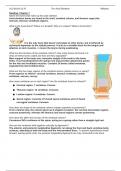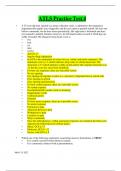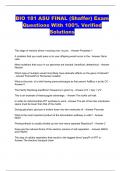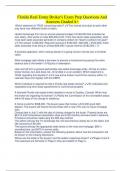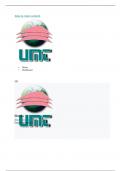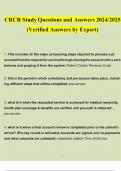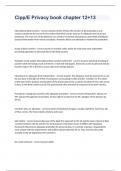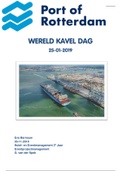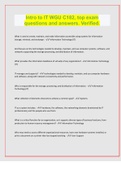Other
READING GUIDE: CHAPTER 7 (THE AXIAL SKELETON), HUMAN ANATOMY, BIOD170, UCI
- Institution
- University Of California - Irvine
Reading guide for chapter 7 of Human Anatomy (9th Edition), by Marieb et al: "The Axial Skeleton". Used in the Applied Human Anatomy course at UC Irvine. Comes with bolded text answers and colored diagrams you can label.
[Show more]
